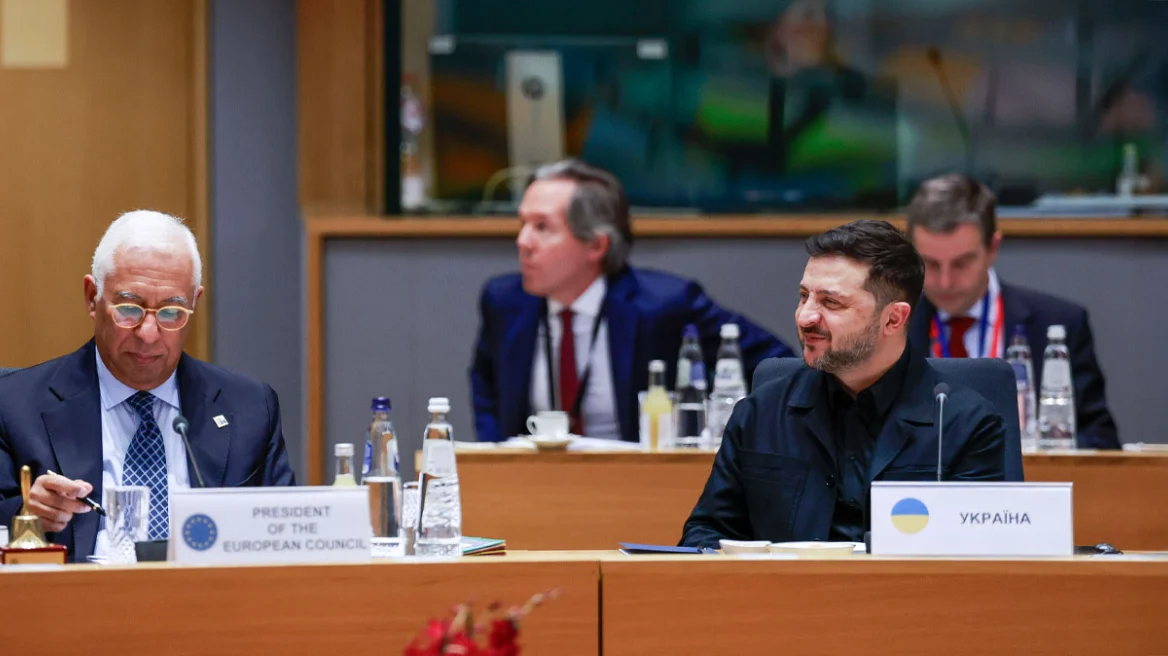Ieoh Ming Pei was born in China in 1917 and permanently migrated to the United States after studying architecture there. During World War II, he made a brief career detour when he advised the National Defense Resource Council on the most effective way to bomb buildings and bridges in Germany and Japan. But after the war, he returned to architecture, where he focused on modernistic structures in urban areas.
Geometric shapes, carefully planned public spaces, and use of glass and concrete soon became his trademark. As one of architecture’s most visible and awarded figures, he’s racked up plenty of fans in and outside of his profession. “He has refused to limit himself to a narrow range of architectural problems,” noted the jury in their citation for Pei’s 1983 Pritzker Prize, the industry’s highest honor. “His versatility and skill in the use of materials approach the level of poetry.”
Pei himself approaches poetry in his own words about architecture. “Architecture is the very mirror of life,” he told Gero von Boehm. “You only have to cast your eyes on buildings to feel the presence of the past, the spirit of a place; they are the reflection of society”.
Read more HERE
Ask me anything
Explore related questions





